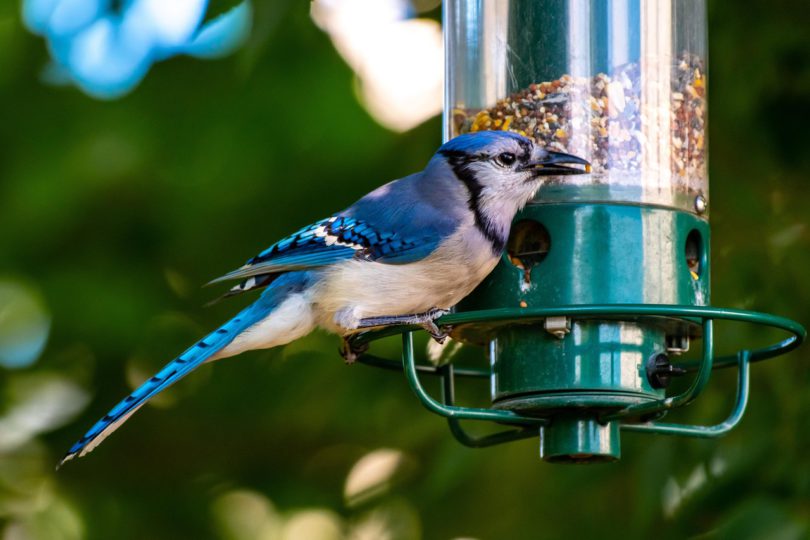There’s something quietly magical about a backyard bird feeder. Whether it’s a flash of red from a cardinal, the playful acrobatics of a titmouse, or the cheery chatter of finches, watching birds in your own space can be both soothing and fascinating. Bird feeding isn’t just a hobby—it’s a window into the vibrant, busy lives of our feathered neighbors. But why do so many people find themselves captivated by these small visitors, and how can you attract even more of them?
The Allure of the Bird Feeder
Bird feeders provide an accessible connection to nature, especially for those living in urban or suburban environments. In an era of fast-paced schedules and digital distractions, observing birds offers a slow, meditative experience. Experts say that watching birds can reduce stress, improve focus, and even boost mood. The unpredictability of which bird will appear next adds an element of surprise and joy, making every visit to the feeder a small adventure.
Another reason people love bird feeders is the opportunity to study bird behavior up close. You can observe intricate feeding patterns, territorial disputes, mating dances, and even parenting routines. For many, it’s a mini wildlife documentary happening in their backyard every day. Bird photography enthusiasts, in particular, relish the chance to capture rare behaviors or striking plumage without venturing into the wild.
Choosing the Right Feeder
The type of feeder you choose can make a big difference in which birds show up. Tube feeders, with their multiple perches, are perfect for finches, chickadees, and nuthatches. Platform feeders, which are open and flat, attract larger birds like cardinals and jays, while suet feeders cater to insect-eating species like woodpeckers and wrens. Hanging feeders are versatile and can help keep seed out of reach of squirrels, though adding a baffle can further reduce unwelcome visitors.
Seed type is equally important. Black-oil sunflower seeds are a favorite for a wide variety of birds, offering high energy content and easy handling. Thistle (or nyjer) seeds are perfect for finches, while peanuts—shelled or in mesh bags—draw woodpeckers, jays, and titmice. Mixes can be convenient, but pure seeds often work better for attracting specific species.
Location Matters
Where you place your feeder influences not only how many birds visit but also how safe they feel. Birds prefer feeders that are near cover, such as shrubs or trees, where they can quickly hide from predators. At the same time, it’s smart to position feeders at a safe distance from windows to reduce the risk of collisions. A quiet corner of the garden with some natural vegetation nearby often yields the best results.
Keep It Clean
Clean feeders are essential for bird health. Moldy or damp seeds can harbor bacteria and fungi, causing disease among visiting birds. Regularly washing feeders with a mild bleach solution (one part bleach to nine parts water) and rinsing thoroughly helps prevent outbreaks of illness. Changing seeds frequently also keeps the food fresh and attractive.
Seasonal Strategies
Bird-feeding habits change with the seasons. In winter, high-energy foods like sunflower seeds, peanuts, and suet provide crucial calories when natural food is scarce. During spring and summer, offering fruit, nectar, or mealworms can attract species feeding chicks. Observing these seasonal patterns can enhance your enjoyment and support local bird populations when they need it most.
Beyond Watching: The Benefits
Feeding birds goes beyond entertainment. Backyard feeding supports local wildlife, especially in areas where natural habitats have been reduced. It can also foster a deeper appreciation for conservation. People who engage in bird feeding often become advocates for bird-friendly gardening, native plantings, and clean water sources—all of which benefit the broader ecosystem.
Furthermore, bird feeding provides educational opportunities for children and adults alike. It encourages curiosity, patience, and observation skills. Learning to identify species by sight or song can be a lifelong hobby, turning casual backyard visits into a continual learning experience.
Tips for Attracting More Birds
- Offer variety: Different species prefer different seeds and feeder types. A mix increases your chances of attracting a wider range.
- Provide water: A birdbath or small fountain adds an irresistible attraction for thirsty birds and bathing rituals.
- Add shelter: Shrubs, trees, and brush piles give birds safe places to rest and hide from predators.
- Be patient: Birds may take time to discover a new feeder, but consistent feeding will reward your efforts.
- Limit chemicals: Avoid pesticides or herbicides near feeders; birds and insects alike benefit from a chemical-free space.
Watching birds at your feeder is more than a pastime—it’s a way to connect with nature, relax, and learn about the remarkable lives of creatures just outside your door. With the right feeder, food, and setup, your backyard can become a lively haven for birds, offering endless entertainment and a quiet sense of joy for anyone who stops to watch.

